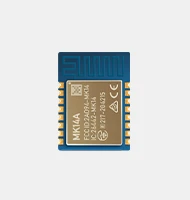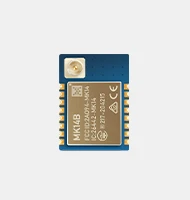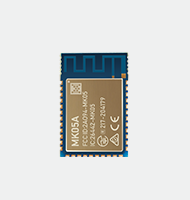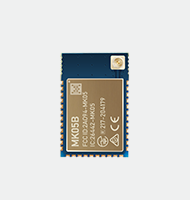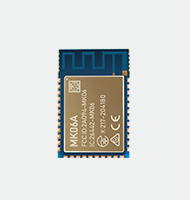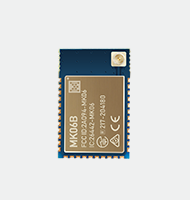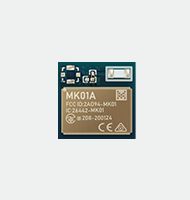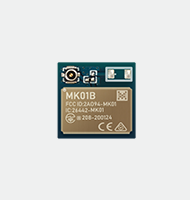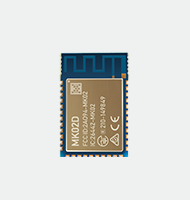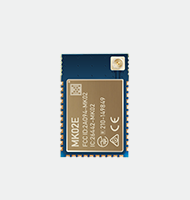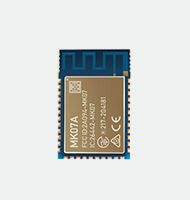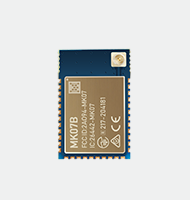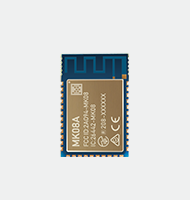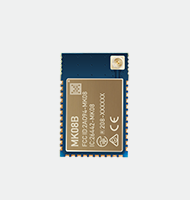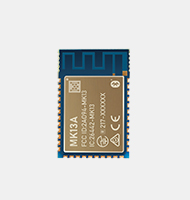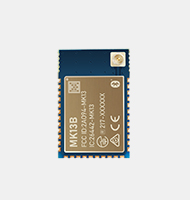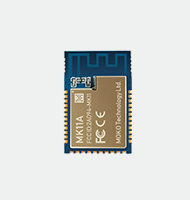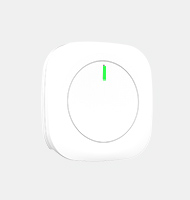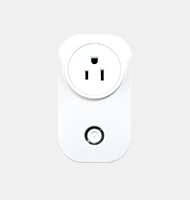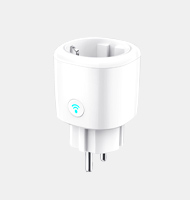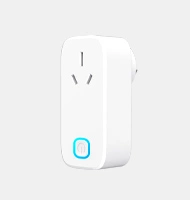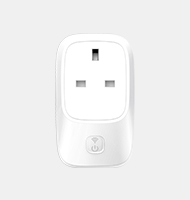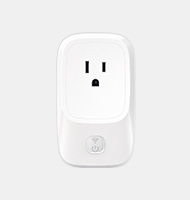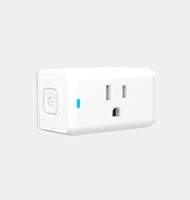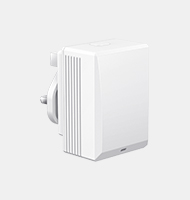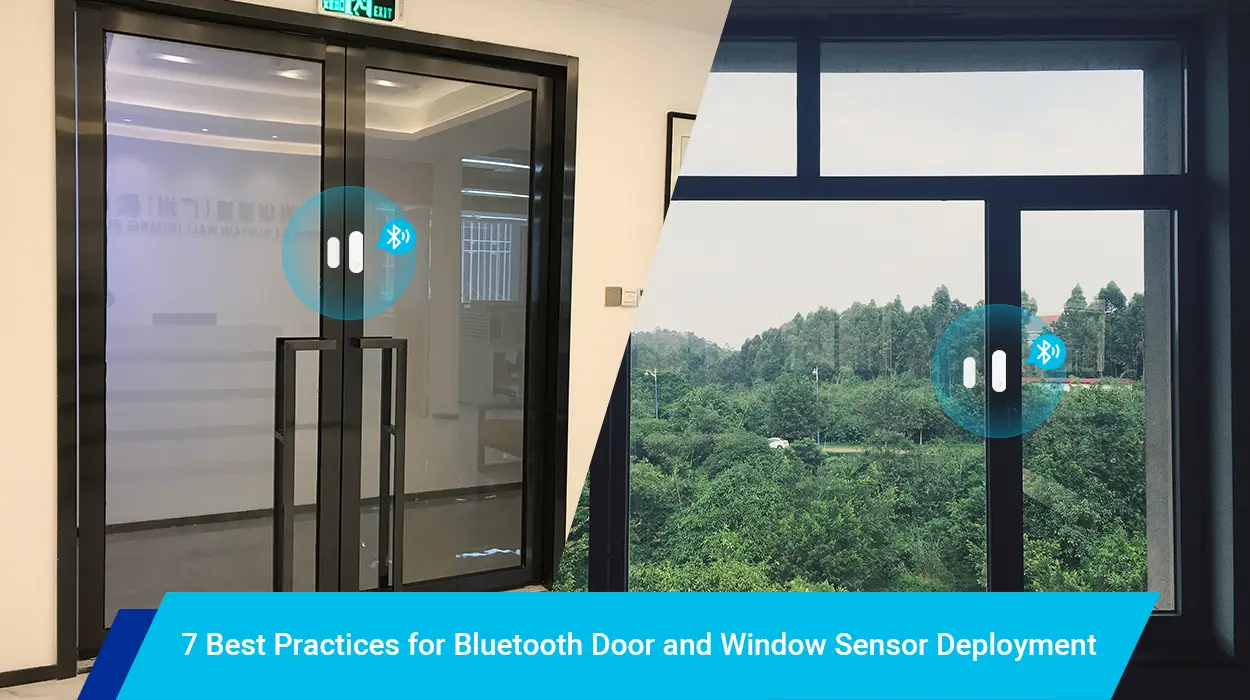It’s exciting to see how internet connectivity has improved people’s lives globally. It has contributed significantly to the world’s economic growth. Also, all the world’s economic improvements are thanks to modern technological advancements in the Internet of Things. Beacon gateway is one of its significant developments.
Overview of beacon gateway
A beacon gateway is a reader in a Ble beacon setup. It can also be defined as a Bluetooth-enabled reader that enables communication between Bluetooth low-energy beacons. It also allows data transmission from smart devices to BLE beacons in the same building and vice versa.
Bluetooth beacon gateway is a hardware transmitter and functions based on Bluetooth Low Energy. It is visible to all Bluetooth-equipped devices when they are in the same range. Typically, its read range is between 100-300 meters. These devices include;
- Speakers
- Smartphones
- Tablets
- Laptops
- Printers
- Scanners
- Headsets
- Bluetooth beacon
Difference between iBeacon and beacon gateway
Most people confuse the terms ‘iBeacon gateway’ and ‘beacon gateway’. Although the words are almost similar, you can’t use them interchangeably as they mean different things.
iBeacon gateway was introduced by Apple company in 2013 during one of the biggest Apple Developers conferences. It was in high demand over the years as many vendors made it a compatible hardware transmitter.
With the introduction of other competitors in the market after some years, iBeacon’s popularity diminished. These competitors include;
- AltBeacon -2014
- Eddystone-2015
- GeoBeacon -2017
All four are subcategories of the Beacon gateway. So, you cannot use the two terms interchangeably.
Features of beacon gateway
- It’s Easy To Setup
A beacon gateway is easier to install as compared to an average RFID reader. You only connect it and configure it to make it ready to use without worrying about any interference or antennas. It’s quick to place it in a central location after configuration.
- It’s a ready-to-use device
You don’t require special skills and coding efforts to make it ready for the Internet of Things. Once you install and configure it, all Bluetooth-enabled devices can use it.
- It meets industrial standards
You don’t have to worry about the temperatures in an industrial setting, as a beacon gateway can operate flawlessly in industrial operation conditions.
- It saves power
Beacon gateway is a small device and consumes low power, especially during WIFI transferring. It averagely consumes 80mA. It’s one of the most preferred wireless communication devices due to its low power consumption property.
- It’s portable
Beacon gateways are small in size and hence portable. You can also install them in any spot in your building.
How to deploy a gateway beacon
Deploying a gateway beacon is a tedious and challenging activity, especially if not done by a professional. Therefore, you have to begin from the ground up if you want to install it successfully.
First, start by learning the beacon technology basics. When you clearly understand all the terminologies, try to have a comprehensive picture of how gateway beacons work. For a seamless deployment process, follow the following steps;
1. Establish your business needs
You should first define all the business requirements for a flourishing deployment. You can successfully do this by holding a meeting with your technical team. This panel will help you do a thorough business analysis. This will help in establishing significant gaps in your business operations.
Identify the areas that require you to embrace new and advanced technology, for instance, the Internet of Things connectivity. Ensure you discover the key places where this technology is vital before progressing to the next step.
2. Procure the beacons
Once you have a clear picture of the beacons that can help you meet your business needs, research to know what’s available in the market. In this stage, it’s worthwhile to contact a trustworthy beacon vendor company like MOKOBlue to help you with the procurement process. The company offers advice on the best beacons available in the market and shipment services.
3. Activate your beacons
Activating beacons can be challenging, especially if you are doing it for the first time. That’s why it’s advisable to work with a reliable vendor who can guide you step-by-step until you succeed in the activation.
Vendors like Mokoblue will give you a user guide to make the activation process easier.
4. Install the beacons and gateway
This step requires an expert in beacons and gateway for a successful installation. The various things you need to know to succeed in this stage include;
a) The ideal spot for installing your beacon
It’s crucial to know the exact area to deploy the beacon. By checking your building’s blueprints, the calculations of that particular place for deployment will be easy. The next thing is to map that place before the deployment day.
Professionals recommend installing beacons eight to ten meters apart and three to five meters above the ground.
b) Have Skills in Attaching the Beacon
It’s worthwhile to note that stationary beacons should be mounted using adhesives like glue or straps. On the other hand, you can use screws to fix mobile beacons.
c) Understand the Usual Range of a Beacon Signal
Its signal depends on the environment. Therefore, test it when you are onsite to know whether it’s strong or weak. In most cases, BLE beacon signals are reliable within a range of 70 meters.
d) Know the Best Access Points to Use
The perfect access point is one that can scan and detect any nearby Bluetooth devices and WIFI.
e) Know the Number Of Gateways You Require
In most cases, one gateway covers 100 m² of your facility. Therefore, the larger the area your building covers, the more the gateways.
f) Have Skills in Increasing the Accuracy
To increase accuracy, you need more than three gateways in the facility. Also, adding the number of sensors can help in achieving precision.
5. Maintain the beacons
Working with a good beacon vendor company with us is essential in maintaining your gateways. They provide their customers with management tools that help them monitor their gateway beacons from anywhere.
These cloud-based tools notify you anytime your beacon requires maintenance. This makes the maintenance job easy and quick.
How does a Bluetooth beacon gateway work?
- Install a beacon gateway in your building.
- Once installed, it starts scanning for any Bluetooth-enhanced device within the range. These devices can be tablets, Smartphones, speakers, printers, among others.
- Then, the BLE beacon gateway records relevant data depending on the smart devices’ signals and characteristics.
- The gateway then sends that data to the cloud server.
- Once in the cloud server, the data is processed again using unique algorithms.
- It’s then made available to other smart devices as real information. Therefore, if you have a Smartphone and a stable internet connection, it’s easy to access data from any location in the world.
- This gateway has LED indications that notify you about its working state whenever connected to the internet.
Advantages of BLE beacon gateway
They are cost-effective
BLE beacon gateways are simple and hence have a relatively low cost compared to other IoT technologies. For instance, a single RFID is more expensive than several Bluetooth-low-energy beacon gateways.
Easy to install
It is simple and easy to install and configure as compared to the RFID reader. Also, if your operational area is large, you’ll be required to install several RFID readers. On the other hand, one or two beacon gateways can operate effectively in the same area.
Cover large areas
One BLE gateway can cover an expansive warehouse, while other technologies like readers cannot. The reason is that it’s deployed in a central position where it transmits and receives data in a whole large surrounding area.
Safety
BLE beacon gateway ensures the employees in a large firm are safe. For instance, there may be a store with hazardous chemicals in a factory, and only certified operators can access the area. The beacon can map the room so that only authorized employees can access it. A response is sent when other employees try to access the place.
Disadvantages of BLE beacon gateways
Maintenance issues
Almost all BLE beacons are battery-powered. For this reason, you have to ensure proper maintenance occasionally, which may be a tedious activity.
Can be annoying
The main reason for installing a BLE beacon app is for proximity marketing purposes. When not appropriately implemented, people can receive too many push messages or notifications. This may annoy the users to the point of uninstalling the app.
Cases of beacon gateway solutions
Beacon gateway technology can offer many solutions in several sectors that rely on IoT. Read on.
Tracking goods
In all businesses, there must be the transportation of products depending on the market demand. Sometimes, these goods may get damaged or lost during logistics. Beacons can offer solutions in such situations by tracking the motion and position of those products regularly.
Events management
It’s hard to monitor everyone during large events like concerts, weddings, graduations, political gatherings, and many more. When on the premises, it can be challenging for managers to prevent people from accessing restricted areas.
In such cases, beacon gateways can offer a solution by tracking everyone’s movement around the premises. This is if the invitation cards have a beacon embedded in them. The management can receive notifications if any of the visitors try to access the restricted areas.
Effective farming
![]()
It’s hard for a large-scale farmer to monitor all the domestic animals’ movement on his/her farm. Some can easily get lost when they leave the farm. Beacon gateway can help track these animals’ movements and know if any of them leave the farm.
Conclusion
A beacon gateway is a small wireless receiver or reader that enables communication between Bluetooth low-energy beacons. It receives beacon data and transmits it to the backend databases and cloud systems.
It’s easy to install, saves power, and is cost-effective. Deploying it requires professional assistance for the process to be successful. It offers various solutions like events management, efficient farming, and tracking goods.
